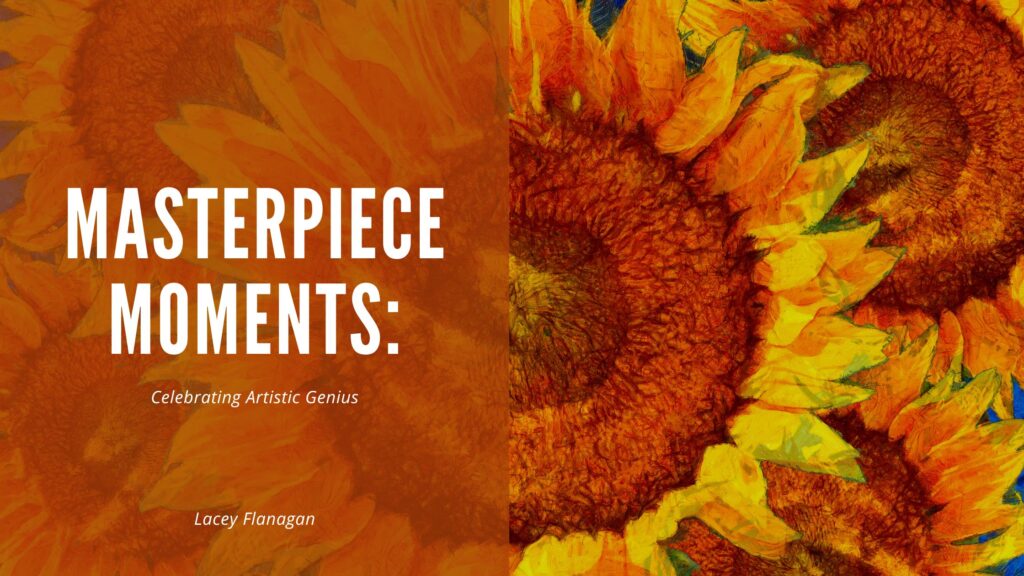
In the vast and timeless realm of art, singular moments transcend the boundaries of culture, time, and individual taste. These are the Masterpiece Moments—instances where artistic genius converges with inspiration to create works that resonate across generations. These moments are not just about the artist’s technical prowess but about the profound impact their creations have on the collective human experience. Celebrating these Masterpiece Moments is an homage to the enduring power of art to inspire, provoke thought, and evoke profound emotions.
The Sistine Chapel Ceiling by Michelangelo:
One of the most iconic Masterpiece Moments in art history is Michelangelo’s frescoes adorning the ceiling of the Sistine Chapel. Completed between 1508 and 1512, Michelangelo’s masterful depiction of biblical narratives, including the Creation of Adam and the Last Judgment, is a testament to the artist’s extraordinary skill and vision.
Starry Night by Vincent van Gogh:
Vincent van Gogh’s Starry Night is a swirling symphony of color and emotion that has become an iconic representation of the artist’s unique style and tortured genius. Painted in 1889 while Van Gogh was in the Saint-Paul-de-Mausole asylum, the painting captures the turbulence of the night sky in a way that transcends mere representation.
The Persistence of Memory by Salvador Dalí:
Salvador Dalí’s The Persistence of Memory, painted in 1931, is a surreal dreamscape synonymous with the artist’s exploration of time and reality. The melting clocks draped over a barren landscape invite contemplation on time’s fluidity and perception’s malleability.
Mona Lisa by Leonardo da Vinci:
Leonardo da Vinci’s Mona Lisa is perhaps the most famous portrait in the world, and its enigmatic smile has intrigued art lovers for centuries. Painted between 1503 and 1506, the Mona Lisa is a Masterpiece Moment that transcends its artistic brilliance to become an icon of human expression. Leonardo’s meticulous attention to detail, subtle use of sfumato, and the subject’s enigmatic gaze contribute to the enduring allure of this masterpiece.
Guernica by Pablo Picasso:
Pablo Picasso’s Guernica stands as a powerful testament to the artist’s ability to convey political and humanitarian messages through art. Painted in 1937, Guernica is a visceral portrayal of the horrors of war, with distorted figures and anguished faces that demand contemplation.
Water Lilies by Claude Monet:
Claude Monet’s Water Lilies series, created in the late 19th and early 20th centuries, is a testament to the artist’s fascination with nature and innovative approach to capturing the ever-changing play of light and color. These immersive depictions of Monet’s water garden at Giverny are Masterpiece Moments that invite viewers to experience the serenity and beauty of the natural world through the artist’s eyes.
Celebrating Masterpiece Moments is not merely an acknowledgment of artistic skill; it is a recognition of the profound impact that certain works of art have on the human spirit. These moments become timeless beacons, guiding generations through the labyrinth of human experience and offering solace, inspiration, and contemplation.
